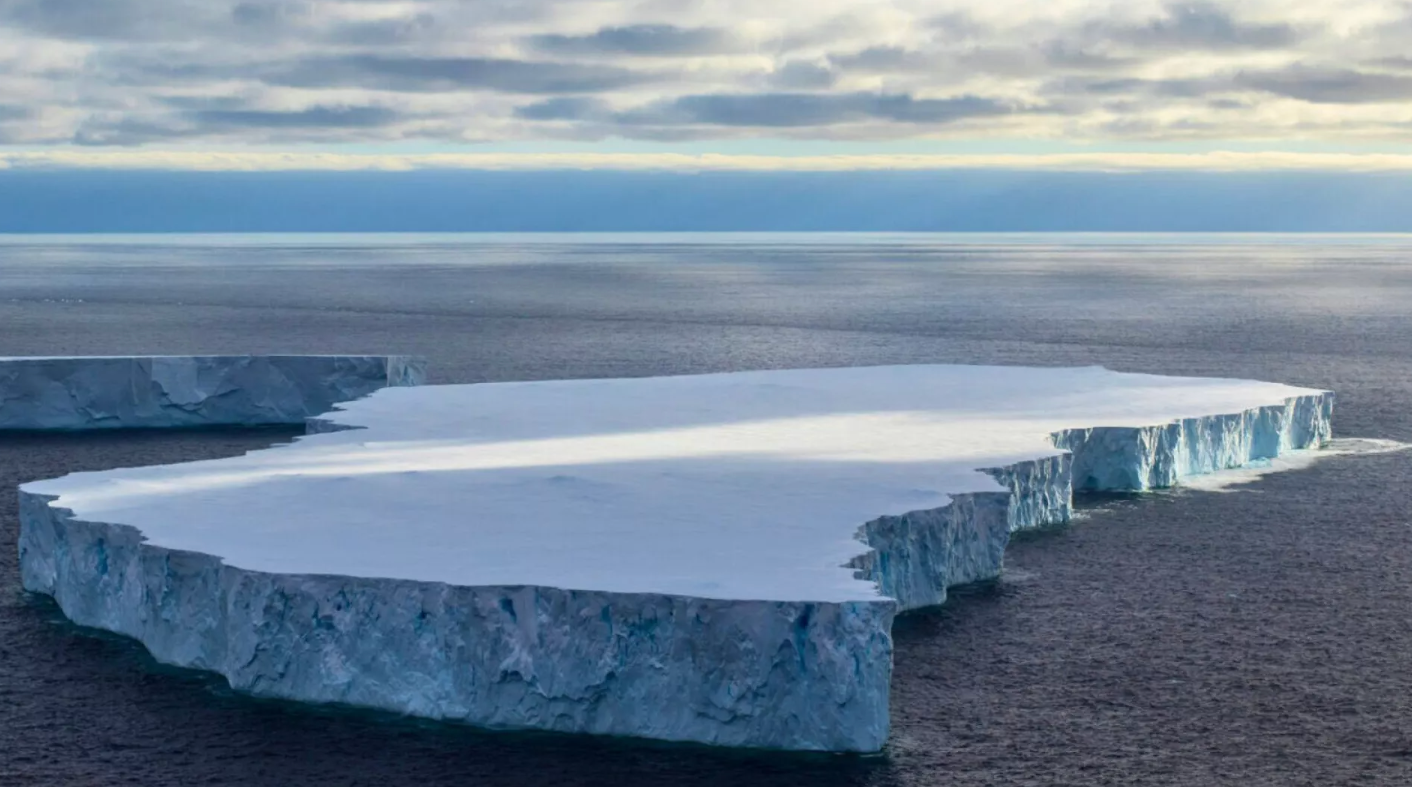
Researchers from the British Antarctic Survey (BAS) have found evidence that, during the last ice age 18,000 to 20,000 years ago, vast flat-topped icebergs drifted through the North Sea, less than 145km from today's UK coastline. The discovery sheds new light on the collapse of ancient ice shelves — and what that might mean for the future stability of Antarctica's ice.
"We're talking about enormous tabular icebergs, comparable in size to cities like Cambridge or Norwich," said Dr James Kirkham, a marine geophysicist at BAS. Some of the icebergs were several tens of kilometres wide and hundreds of metres thick.
Iceberg scars from a vanished world
The newly uncovered plough-marks, buried under the seabed sediments of the Witch Ground Basin between Scotland and Norway, were first spotted in seismic surveys originally carried out for oil and gas exploration.
While smaller iceberg tracks had been found before, these wide, deep grooves are the first clear evidence that Britain's ice age landscape was once populated by colossal floating ice blocks, calved from floating ice shelves much like those that fringe Antarctica today.
"This gives us a direct window into the catastrophic collapse of ice shelves at the end of the last ice age," said Dr Kelly Hogan, co-author of the study published in Nature Communications. Around 18,000 years ago, the evidence shifts from a few giant tabular bergs to a multitude of smaller icebergs — a signature of ice shelf disintegration.
A glimpse into Antarctica's future
Ice shelves act as crucial buttresses, holding back glaciers and preventing them from flowing unchecked into the sea. When ice shelves break apart, glaciers behind them can accelerate dramatically, increasing sea-level rise.
Scientists fear that warming air and ocean temperatures could cause similar collapses around Antarctica today. The sudden disintegration of the Larsen B ice shelf in 2002, which shattered within a week after meltwater carved deep fractures into the ice, stands as a stark modern warning. Glaciers that had been restrained by Larsen B sped up several times over once the shelf vanished.
The ancient North Sea scars suggest a similar process happened on an even larger scale as the British and Irish ice sheet retreated rapidly, shrinking by 200-300 metres per year at its margins.
Whether the collapse of ancient ice shelves triggered the broader ice sheet retreat — or simply reflected it — remains uncertain. Precise dating of the sediments could help untangle this cause-and-effect relationship.
Signals to watch for
Understanding how and why past ice shelves disintegrated is critical for predicting what lies ahead for Antarctica.
"If we observe a similar shift today — from giant tabular bergs to much smaller icebergs — it could be a clear signal that Antarctica is about to undergo significant, rapid mass loss," said Dr Rob Larter of BAS.
As Antarctica faces increasing pressure from climate change, the scars of the past may provide our best warning of the fractures still to come.